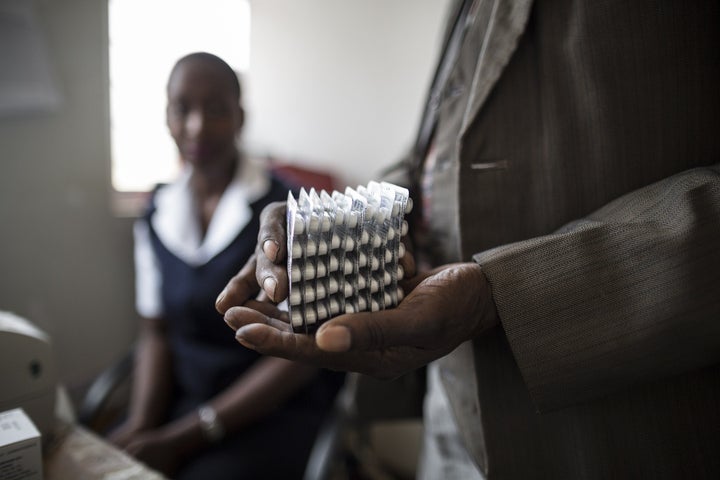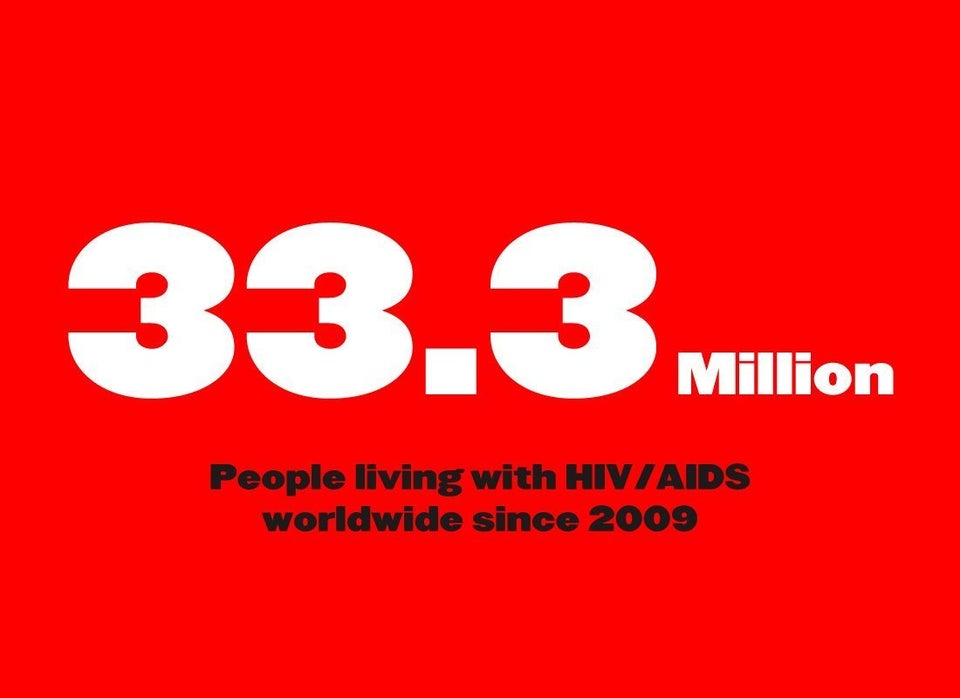
LONDON, Nov 24 (Reuters) - Some 15.8 million people are now on HIV treatment and a five-year strategy to end the threat of a never-ending AIDS pandemic is starting to show results, the United Nations AIDS programme said on Tuesday.
Estimates show new HIV infections have fallen by 35 percent since the peak of the three-decade-old pandemic in 2000, and AIDS-related deaths have fallen by 42 percent since a peak in 2004, UNAIDS said in a report timed for release before World Aids Day on Dec. 1.
Even before the agency set out its strategy last year , the roughly 16 million people being treated by June 2015 was double the number in 2010. Barely 2.2 million were being treated ten years ago.
"Today we can say we move from despair to hope. Every five years we have more than doubled the number of people on life-saving treatment," Michel Sidibe, UNAIDS' executive director, told reporters at a briefing.
"If we manage to sustain our investment and ... double the numbers of people put on treatment, we can really break the backbone of this epidemic."

By the end of 2014, 36.9 million people were infected with the human immunodeficiency virus (HIV) that causes AIDS, and more than half of them do not have access to treatment.
The World Health Organization says all people diagnosed as HIV positive should have immediate access to antiretroviral AIDS drugs, which hold the virus in check and give patients a good chance of a long and relatively healthy life.
Responding to the UNAIDS report, Sharonann Lynch, a policy adviser for the medical charity Medecins Sans Frontieres (MSF), said all countries should "waste no time" in ensuring all HIV positive people are offered immediate treatment.
The report identified 35 countries that account for 90 percent of all new HIV infections. Focusing on them would have the greatest impact and reap huge benefits, it said.
(Additional reporting by Stephanie Nebehay in Geneva; Editing by Louise Ireland)


